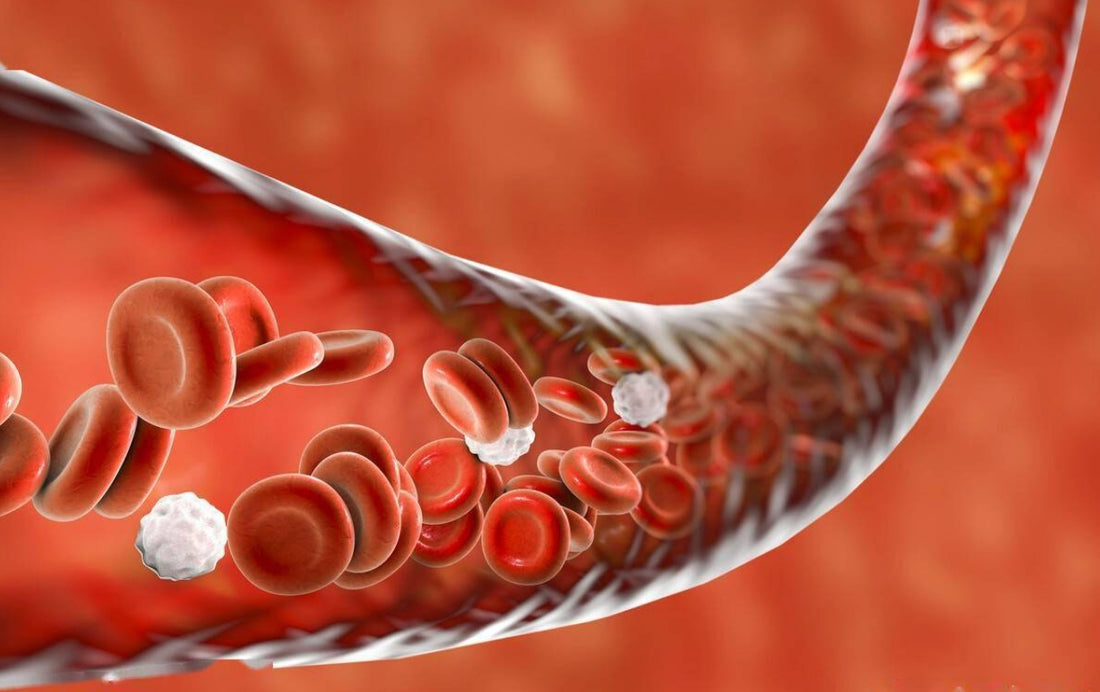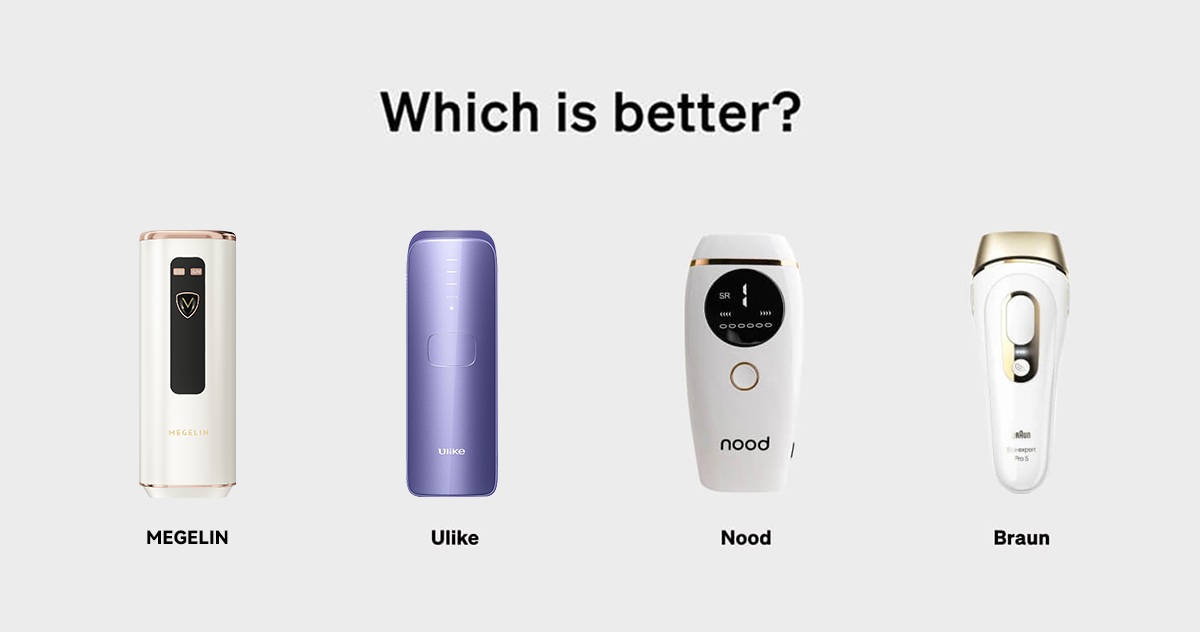
Red Light Therapy for Horses: Why Every Horse Needs It?
2MegelinAs a horse owner, ensuring your equine partner's health and performance is vital. Equine red light therapy for horses, a non-invasive treatment using red or near-infrared light to stimulate cellular repair and improve circulation. This therapy is safe and effective for various equine conditions.
Equine Red light therapy enhances blood flow, reduces inflammation, and promotes healing by increasing ATP production. It also calms horses by boosting serotonin levels, reducing anxiety and stress.
Additionally, red light therapy improves coat condition, enhancing shine and vibrancy—important for competition horses.20-30 minutes per time, tailored to each horse's needs.
What Should You Know about Red Light Equine Therapy
What is Red Light Therapy?
Red light therapy, also known as photobiomodulation or low-level light therapy (LLLT), involves the use of specific wavelengths of light to promote healing and wellness. This therapy utilizes visible red light, typically ranging from 630 to 660 nanometers, and near-infrared (NIR) light, which ranges from 810nm to 850nm [1]. These light wavelengths fall within the "therapeutic window," where they can penetrate tissue layers effectively without causing adverse reactions or side effects [1].
The therapy is administered using LED bulbs, strategically placed close to each other on a panel to ensure even coverage. This setup allows for deep penetration of both red and NIR wavelengths into the horse's body, targeting different depths depending on the condition being treated [1].
Why Good for Horses?
Red light therapy offers multiple health benefits for horses. It enhances blood flow and increases circulation by speeding up the formation of new capillaries. This improved blood flow helps in the rapid healing of soft tissue injuries, wounds, and inflammation [2]. Additionally, the therapy stimulates the production of collagen, which aids in reducing scar tissue during the healing process [2].
Horses suffering from conditions such as arthritis, laminitis, navicular disease, tendon injuries, and general inflammation can greatly benefit from red light therapy [2]. It also promotes the release of endorphins, which help in pain relief and muscle relaxation, making it particularly useful before training sessions or competitions [2].
Moreover, red light therapy supports the immune system, enhances tissue regeneration, and is effective in treating skin conditions, hoof problems, and deep wounds. It accelerates the treatment process, thereby contributing to the overall well-being and performance of horses [2].
What Does Red Light Therapy Do in Equine Treatment
Soft Tissue Management
Red light therapy is particularly effective in managing soft tissue injuries in horses. By absorbing red light into multiple layers of soft tissue, the therapy speeds up the formation of new capillaries, which enhances circulation and blood flow [2]. This accelerated blood flow aids in the rapid healing of soft tissue injuries, wounds, and inflammation. Additionally, the increase in collagen produced during light therapy helps in reducing scar tissue buildup during the healing process [2].
Enhancing Performance
Regular sessions of red light therapy can significantly enhance a horse's performance. Occasional treatments are strategically incorporated to improve performance metrics such as stride length [3]. This is particularly beneficial before competitions, helping horses perform at their best. Moreover, the therapy aids in muscle repair and recovery, ensuring that horses bounce back more quickly from strenuous activities [3].
Reducing Pain and Inflammation
Red light therapy plays a crucial role in alleviating pain and reducing inflammation. It stimulates the production of endorphins, which help relax muscles and combat pain [2]. Additionally, the therapy has been shown to increase circulation and promote the release of anti-inflammatory cytokines, which help reduce pain and swelling in affected areas, allowing horses to move more comfortably [4]. This is especially vital for horses suffering from conditions like arthritis, tendonitis, and muscle strains [4].
How to Choose the Right Red Light Therapy Devices
Key Considerations
When selecting a red light therapy device for horses, it's crucial to consider the specific needs of the animal and the conditions being treated. Devices that offer dual wavelengths, such as 660 nm for visible red light and 850 nm for near-infrared light, are highly effective as they penetrate different tissue depths to enhance healing in tendons, ligaments, muscles, and joints [5][5]. Additionally, the size and design of the device should match the treatment area; for instance, larger wraps are suitable for bigger horses and provide extensive coverage [5].
Key features to evaluate include the power output, measured in milliwatts (mW), which determines the therapeutic dose delivered during treatment [6]. The wavelength is also a critical factor, with ranges typically between 600 to 900 nanometers being optimal for deep tissue penetration and absorption by different cellular components [6]. Moreover, the ease of use, such as hands-free operation and simple configuration, can significantly enhance the practicality of regular treatments [7].
Tips for Effective Use
For effective use of red light therapy devices, it's recommended to adhere to a consistent treatment schedule, ideally involving sessions of 20 to 30 minutes, depending on the device's power output and the size of the treatment area [7]. Regular maintenance of the device, including proper storage and cleaning, is essential for ensuring durability and safety. Lastly, integrating red light therapy as a complement to other treatments like massage or acupuncture can maximize the therapeutic benefits, particularly for muscle relaxation and pain management [5].
Conclusion
Red light therapy is increasingly recognized as a vital part of holistic equine care, integrating seamlessly with other therapeutic modalities to enhance overall health and performance [3][3]. Its ability to penetrate deep into tissues promotes healing from within, making it an indispensable tool in the treatment of a variety of equine conditions [2]. The therapy's benefits extend beyond physical health, also aiding in mental well-being by reducing stress and improving relaxation [2][3].
For horse owners and trainers, the investment in red light therapy devices is justified by the significant improvements seen in recovery times and performance levels [8]. These devices, which are designed to be user-friendly and effective, represent a forward step in equine care, enabling horses to recover faster and perform better [8].
Incorporating red light therapy into a regular care regimen can lead to noticeable improvements in a horse's health, offering a non-invasive, pain-free treatment option that supports long-term well-being [3][3]. As the field of equine therapy continues to evolve, red light therapy remains a key component, promising a brighter future for horse health and athletic performance [8].
FAQs
1. What makes red light therapy beneficial for horses?
Red light therapy aids in reducing inflammation and stimulates collagen production, crucial for maintaining healthy joint function. Collagen, a vital protein, helps cushion and support joints, which is especially beneficial for horses suffering from arthritis or similar joint issues.
2. What are the advantages of using red light therapy?
Red light therapy (RLT) offers multiple benefits including treating skin problems such as stretch marks, wrinkles, psoriasis, scars, and acne. It also helps reduce inflammation or edema, repairs muscle tissues, and promotes healthy aging.
3. How does infrared therapy benefit horses?
Infrared therapy can enhance a horse's strength and energy levels, improve circulation, alleviate pain, and reduce the buildup of lactic acid. Products like infrared horse rugs and boots are particularly useful for managing symptoms of arthritis in horses.
4. Why is equine therapy considered highly effective?
Equine therapy is effective because horses are extremely perceptive to human emotions and movements. They often reflect the emotions or behaviors of their handlers, creating a sense of understanding and connection that helps individuals feel more secure and supported.
References
[1] - https://platinumtherapylights.com/blogs/news/red-light-therapy-for-horses
[2] - https://www.sstack.com/blog/protective-and-therapy/what-is-red-light-therapy-for-horses/b/r0105/
[3] - https://www.polltopastern.com/post/equine-red-light-therapy-vs-equine-massage-therapy
[4] - https://woodlandsriding.com/benefits-of-red-light-therapy-for-horses/
[5] - https://www.sstack.com/blog/protective-and-therapy/7-red-light-therapy-devices-for-horse-owners/b/r0270/
[6] - https://ledbycheval.com/the-best-light-therapy-system/
[7] - https://equinelighttherapy.com/more-interesting-stuff/2016/12/14/how-to-compare-light-therapy-products
[8] - https://xlr8equine.com/blogs/news/benefits-of-red-light-therapy-for-equine-recovery-and-performance








